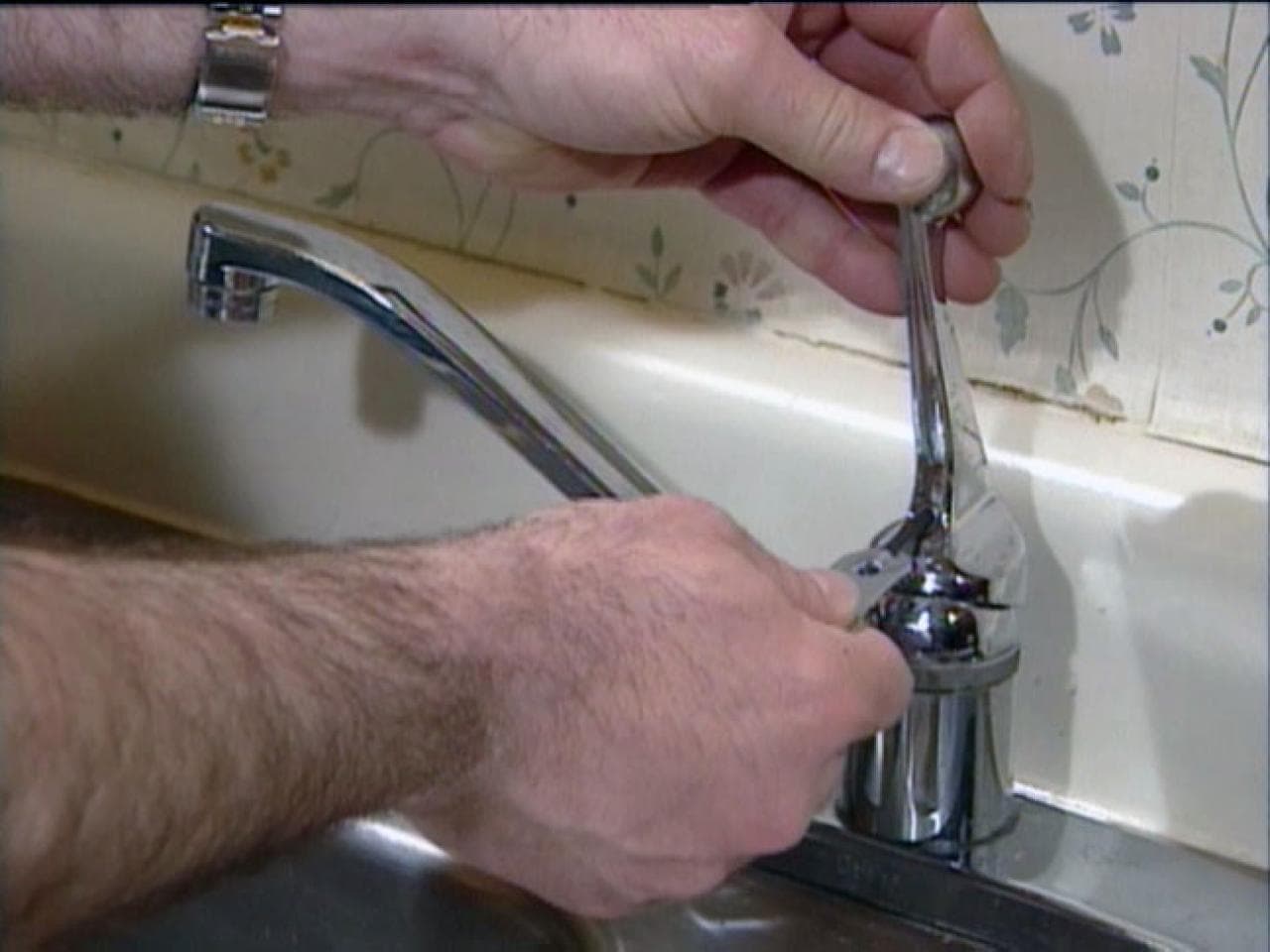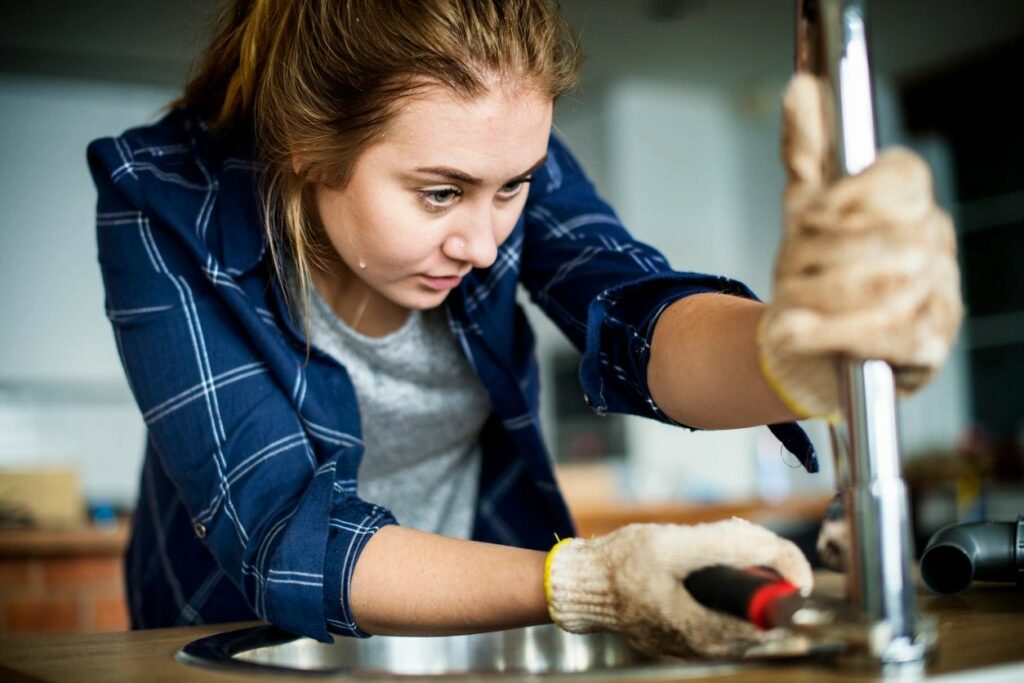The content listed below pertaining to Why Is It Important To Fix Your Leaking Tap/Faucet? is particularly motivating. Check it out for your own benefit and figure out what you think about it.

Dripping faucets could look like a small aggravation, but their effect surpasses just the inconvenience of the sound. From drainage to sustaining unneeded financial costs and health and wellness threats, overlooking a dripping faucet can result in different repercussions. In this post, we'll look into why it's important to address this typical family problem immediately and successfully.
Waste of Water
Ecological Influence
Trickling faucets add substantially to water wastefulness. According to the Epa (EPA), a single faucet dripping at one drip per second can squander more than 3,000 gallons of water annually. This not just stress water sources but additionally affects ecological communities and wildlife based on them.
Financial Prices
Enhanced Water Expenses
Past the ecological impact, leaking faucets can blow up water costs substantially. The built up waste gradually converts right into greater utility expenses, which could have been avoided with timely repair work.
Prospective Building Damages
Additionally, long term dripping can lead to damage to fixtures and surface areas surrounding the faucet. Water build-up can create discoloration, corrosion, and even structural problems if left ignored, causing added repair costs.
Health Issues
Mold And Mildew and Mold Development
The continuous existence of wetness from a leaking tap produces a suitable setting for mold and mildew and mildew growth. These fungis not only endanger interior air high quality however also pose wellness dangers, especially for individuals with respiratory system problems or allergies.
Waterborne Conditions
Stationary water in leaking faucets can come to be a breeding place for bacteria and various other microorganisms, increasing the danger of waterborne diseases. Impurities such as Legionella bacteria grow in stagnant water, possibly resulting in serious health problems when consumed or inhaled.
Do it yourself vs. Specialist Repair
Benefits and drawbacks of Do It Yourself Repair Work
While some might try to repair a dripping faucet themselves, DIY repair work come with their very own collection of challenges. Without proper expertise and tools, do it yourself efforts can exacerbate the concern or cause incomplete fixings, prolonging the trouble.
Benefits of Working With an Expert Plumber
Working with a professional plumber makes certain that the underlying reason for the trickling faucet is attended to effectively. Plumbing technicians have the competence and tools to diagnose and repair faucet problems successfully, conserving time and minimizing the danger of additional damages.
Step-by-Step Guide to Repairing a Dripping Faucet
Tools Needed
Before trying to repair a dripping tap, gather the needed tools, consisting of an adjustable wrench, screwdrivers, substitute parts (such as washing machines or cartridges), and plumber's tape.
Typical Tap Issues and Their Solutions
Determine the sort of faucet and the certain concern triggering the drip. Usual problems include damaged washing machines, corroded valve seats, or damaged O-rings. Describe maker instructions or online tutorials for step-by-step advice on repairs.
Preventive Measures
Routine Upkeep Tips
To avoid trickling taps, execute routine maintenance such as cleaning aerators, examining for leaks, and changing damaged components without delay. In addition, take into consideration mounting water-saving tools or updating to a lot more effective fixtures.
Significance of Prompt Repair Works
Attending to dripping taps as quickly as they're seen prevents additional water waste and possible damages, eventually conserving both water and money over time.
Effect On Home Worth
Understanding of Well-Maintained Home
Maintaining a residential or commercial property in good condition, consisting of attending to maintenance problems like dripping faucets, boosts its viewed worth and value amongst prospective customers or tenants.
Impact on Resale Worth
Residences with properly maintained plumbing fixtures, including taps, command greater resale values in the real estate market. Attending to trickling taps can add to a positive impression during residential property examinations and negotiations.
Environmental Responsibility
Individual Contribution to Conservation
Taking responsibility for repairing dripping faucets aligns with broader efforts toward water preservation and ecological sustainability. Every person's actions collectively make a significant impact on maintaining precious sources.
Lasting Living Practices
By prioritizing prompt repairs and taking on water-saving routines, individuals add to lasting living practices that profit both present and future generations.
Conclusion
Resolving a leaking tap exceeds simple convenience; it's a crucial step towards saving water, lowering monetary prices, and protecting wellness and home. Whether via DIY repair services or professional support, doing something about it to fix trickling faucets is a little yet impactful method to advertise responsible stewardship of resources and contribute to a much healthier, extra lasting future.
Why Are My Faucets Dripping (And Can I Fix it Myself)?
Causes of a Dripping or Leaking Faucet
Whether you’re hearing drops of water falling and hitting a sink, or noticing water ooze out from the base of the spout, you shouldn’t ignore a dripping or leaking faucet. And, the good news is, sometimes you can fix the problem yourself.
In this article, we’ll review a few common causes of dripping and leaky. We’ll also walk you through some basic ways to find the problem and handle it without calling anyone — and let you know when to call in a pro.
But, no matter what the cause, or whether you can handle it on your own, the sooner you address it, the better.
Each drip may be a tiny amount of water. But, they all add up quickly. According to the U.S. Geological Survey, one faucet losing one drop every 20 seconds — five a minute — wastes around a liter of water every day, and 173 gallons a year.
Add in more than one in your house, and it’s a lot of water to waste. So, we’ll help you get to the bottom of things quickly.
Four Reasons Your Faucet May Be Dripping
Aerator is Damaged or Unseated Valve Seat is Corroded O Ring is Loose or Worn Out Part of the Assembly is Loose Aerator is Damaged or Unseated
If you unscrew the end of your faucet, you’ll find the aerator. It’s the little stem piece with a screen on it that shuts off the water circulation.
If it’s damaged, or if it’s not sitting right, it will allow water to pass through.
Valve Seat is Corroded
Next is the valve seat, which is connected to the washer. If the washer wasn’t in place correctly, then it could have ground against the seat. Over time, this damages the valve seat.
The problem could also be corrosion: Over time, the part has worn out, and it’s now allowing water to pass through.
O Ring is Loose or Worn Out
Since the o ring is only a small rubber gasket, it’s a common reason why the faucet is dripping. You’ll find it at the base of the faucet, and it’s there to keep water from coming out where it’s not supposed to.
However, it’s common for the o ring to wear out over time. When it does, you’ll notice a drip.
Part of the Assembly is Loose
So far, we’ve looked at a few small, specific parts. But, the problem could be anywhere in the assembly if something’s out of place.
Even if a part isn’t damaged, over time, it may have become loose or dislodged. It could be the parts we mentioned, or the aerator at the tip of the faucet, the stem itself,
Can I Fix a Leaky Faucet Myself?
Depending on the problem, and how handy you are, there’s a chance you can fix a leaky faucet without calling a professional. But, you do run the risk of making the problem worse.
If it’s a small drip, you can certainly try a few troubleshooting tactics. We’ll walk you through them in a moment.
But, no matter what, your first step should be shutting off the water coming into the faucet. You should find a shutoff valve under the sink on the pipes leading to it. Turn each one clockwise until they close tightly.
Next, make sure you have the right tools for whatever you’re attempting. It’s tempting to make do with what you have. But, you need the right ones for a reason: You’re often dealing with small parts that can break if you handle them carelessly.
If you’re feeling confident, here are some places to start.
Items Near the Tip of the Faucet
A few of the parts we mentioned — particularly the valve seat and washer — are located at the tip of the faucet where the water comes out. They’re easy to access, making it a good place to start.
Check the O Ring
To check the o ring, you’ll need to take off the spout at the base. It’s easiest on kitchen sinks with long spouts, versus the smaller, bulkier base on most bathroom sinks.
Either way, this can be tricky, so do it carefully and don’t force anything. If it’s not coming right off, you’re much better off calling in a pro than possibly breaking something.
For a kitchen sink, there’s usually a nut or coupling assembly at the base of the spout. These often slide off easily without using any tools.
Once you’ve disassembled those parts, gently but forcefully twist off the spout.
Then, you can see the o rings. There should be two of the rubber gaskets on the base. If they look worn or damaged, replace them, and see if that solves the problem.

I was shown that editorial on Water Dripping from Faucet: Why and How to Fix through an associate on another site. If you please set aside a second to promote this content if you liked it. I truly appreciate your readership.